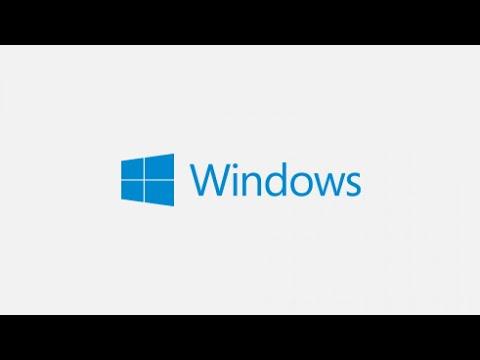I remember vividly the day I first encountered a stubborn problem with my graphics card driver. It was a regular afternoon, and I was deep into a high-stakes gaming session, pushing my system to its limits. Suddenly, the screen flickered, and then it went completely black. My heart sank as I tried to troubleshoot the issue. The usual remedies like restarting the computer didn’t work. I was stuck with a blank screen, and my frustration was mounting. After some research, I discovered that the problem was with the graphics card driver. I needed to reset it, but the process was unfamiliar to me.
I began by looking into how to reset the graphics card driver in Windows 11/10. The process was straightforward once I understood the steps, but initially, I found it a bit daunting. I had to clear my mind and focus on each step carefully.
First, I started by using a built-in feature in Windows that allows you to quickly reset the graphics driver. This was the simplest way to address the issue and often resolves minor glitches. To do this, I pressed Win + Ctrl + Shift + B simultaneously. This key combination is a quick fix that triggers a reset of the graphics driver. The screen would flicker briefly, and I would hear a beep, indicating that the driver was being reinitialized. This method, however, didn’t always solve more severe issues but was a good starting point.
Since this didn’t solve my problem, I decided to dive deeper into the process of manually resetting the graphics card driver. I began by right-clicking on the Start button and selecting “Device Manager” from the menu. The Device Manager window opened, and I looked for the “Display adapters” category. Clicking on the arrow next to it expanded the list, revealing my graphics card.
I right-clicked on the graphics card listed and chose “Uninstall device” from the context menu. A confirmation dialog appeared, and I made sure to check the box that said “Delete the driver software for this device.” This step ensured that any corrupted or outdated driver files were completely removed. After confirming the uninstallation, I restarted my computer. This step was crucial as it allowed Windows to attempt to reinstall the driver upon reboot.
Upon restarting, Windows detected that the graphics card driver was missing and began the process of reinstalling it automatically. This was a welcome development because it saved me the trouble of manually finding and installing the driver myself. The reinstallation process took a few minutes, and once it was complete, my system was up and running again.
However, if automatic reinstallation wasn’t successful or if I needed a specific version of the driver, I would need to download and install the driver manually. To do this, I visited the website of my graphics card manufacturer—whether it was NVIDIA, AMD, or Intel. I navigated to the support or download section, found the appropriate driver for my graphics card model, and downloaded it.
Once the driver file was downloaded, I double-clicked on it to begin the installation process. The installation wizard guided me through the necessary steps. I accepted the license agreement and followed the prompts to install the driver. After the installation was complete, I was prompted to restart my computer once more. This final restart was essential to ensure that all changes took effect properly.
After the reboot, I checked if the problem was resolved. The graphics were running smoothly again, and I could resume my activities without any issues. The process of resetting the graphics card driver was a bit involved but manageable once I understood the steps. It was important to follow each step carefully to avoid any further complications.
In some cases, where the issues persisted despite following these steps, I found that there might be more complex underlying problems. In such scenarios, I might have needed to look into more advanced troubleshooting or consult technical support. However, for most common driver-related issues, these steps were generally effective.
Reflecting on my experience, I realized that dealing with driver issues could be frustrating but was manageable with the right approach. Having a clear understanding of the reset process helped me navigate through the problem and restore my system to normal functioning. By systematically addressing the issue and following the steps to reset the graphics card driver, I was able to get back to my activities with minimal disruption.
